Retro Replay Review
Gameplay
The core of A 320’s gameplay lies in its unique fusion of point-and-click adventure and light flight simulation. In the first phase at the airport terminal, you navigate a real-time environment by moving a cursor to explore different locations, gather clues, and interact with NPCs. Each playthrough reshuffles key data—like radio frequencies, take-off times, and route numbers—encouraging repeat sessions to master the optimal path. This procedural twist keeps the puzzle elements fresh, demanding both careful observation and quick decision-making.
Transitioning to the flight simulator phase, the pace shifts dramatically. You settle into the cockpit, taxi down the runway, and take off under your own control. The flight mechanics are streamlined: rather than an ultra-realistic Airbus simulation, controls focus on managing throttle, rudder, and the crucial radio link. This simplification ensures that casual players aren’t overwhelmed, yet it retains enough authenticity to make each take-off and landing tense and rewarding.
Once airborne, the air pirates make contact. They issue orders over the radio, threatening to blow up the plane if you disobey. You must respond precisely—tune into the correct channel, obey flight path instructions, and then divert to the island airstrip. Any mistake can result in failure, keeping adrenaline levels high during what might otherwise be a routine simulation segment.
Finally, the island adventure returns to point-and-click conventions, this time with higher stakes. You hunt down the pirates’ lair, solve environmental puzzles, and ultimately engage in a brief action sequence to stop the mastermind. Switching between cerebral puzzle-solving and hands-on flight duties creates a surprising rhythm that punctuates the narrative with both suspense and active play.
Graphics
A 320 employs digitized live actors and pre-rendered backdrops to craft its environments. While the visuals bear the hallmarks of late-’90s FMV-style design—slightly grainy footage and static locations—they still manage to convey a believable airport terminal and a weathered tropical island setting. Character models appear on top of panoramic shots, creating a movie-like veneer that enhances immersion, even if modern players might find the resolution dated.
The cockpit interface is clean and intuitive, with clearly labeled instruments and realistic dials. Although the instruments lack the detail of dedicated simulators, they strike a perfect balance between authenticity and approachability. Subtle animations—like the flashing “Fasten Seatbelt” sign or the gentle sway of the controls during turbulence—add life to the otherwise static interface.
Environmental audio also contributes to the graphical atmosphere. Ambient terminal announcements, distant footsteps, and the roar of jet engines feel surprisingly dynamic next to the still visuals. On the island, rustling foliage and crashing surf complement the degraded quality of the backdrops, reinforcing the sense that you’ve landed in an uncharted, pirate-infested zone.
The small on-screen radar showing the terrorist’s real-time position is presented as a monochrome overlay, but it functions as a slick diegetic HUD. Watching the blip move in parallel time heightens tension—especially when you’re closing in on a key objective and the pirate’s marker is hot on your heels.
Story
At first glance, A 320 offers a straightforward premise: a routine flight shattered by an air piracy operation. However, the narrative unfolds with careful pacing. The airport phase quietly builds suspense as you hunt for take-off details. Only when you’re strapped into the cockpit and the engines spool up does the hijacking truly begin, jolting you out of the comfort zone you’ve just established.
The game’s three-act structure—airport, flight, island—mirrors a well-crafted thriller. Each act introduces new objectives and challenges: gathering intel, complying with pirate demands, and finally going on the offensive. This escalation ensures that the stakes remain high throughout, with the stakes literally rising as you climb through the clouds toward the island.
Character interactions, though conveyed through digitized actors, manage to convey urgency and personality. The air pirates’ radio chatter is peppered with taunts and instructions, making them feel like genuine antagonists rather than abstract obstacles. Meanwhile, fleeting conversations with ground staff and passengers humanize your role as a pilot, reminding you there are lives at stake.
The climax—storming the pirate’s hideout and confronting the mastermind—delivers a fitting payoff. After the strategic gameplay of the airport and the high-tension flight, the final showdown is tactile, immediate, and surprisingly cinematic. The abrupt shift from cockpit controls to a more direct action sequence ensures the story ends on a memorable note.
Overall Experience
A 320 stands out for its bold genre-blending approach. By weaving together adventure, simulation, and light action, it defies easy classification. Players looking for a pure flight sim might find the controls too forgiving, while traditional adventure fans may be surprised by the hands-on cockpit segments. Yet this very hybridity is the game’s greatest strength, offering something different at every turn.
The pacing keeps you engaged from start to finish. Randomized data in the airport phase extends replay value, while the flight portion’s ticking clock under pirate threat keeps tension high. The island’s final puzzle-action mix wraps up the narrative with a satisfying crescendo. Although some players may bristle at dated FMV graphics, the atmosphere they create is undeniably effective.
Technical performance is solid on modern machines. The game runs smoothly in windowed or full-screen mode, and its minimal system requirements mean it’s accessible even on older hardware. Control mapping is straightforward, whether you’re using a mouse and keyboard or a basic flight stick.
Overall, A 320 offers a compact, intense adventure that will appeal to fans of narrative-driven experiences and light simulators alike. Its blend of real-time puzzles, flight mechanics, and cinematic storytelling makes it a hidden gem worth boarding—just watch out for air pirates!
 Retro Replay Retro Replay gaming reviews, news, emulation, geek stuff and more!
Retro Replay Retro Replay gaming reviews, news, emulation, geek stuff and more!
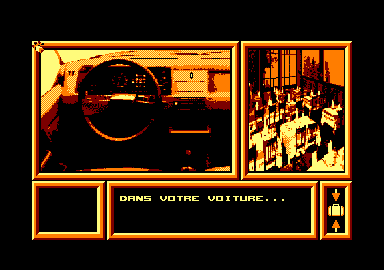
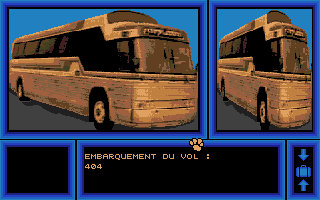
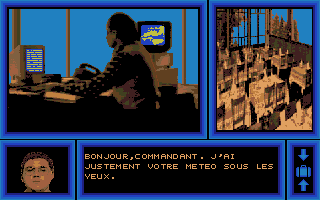
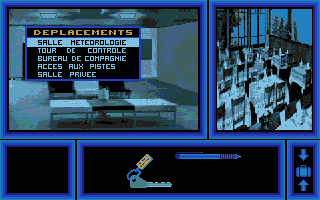
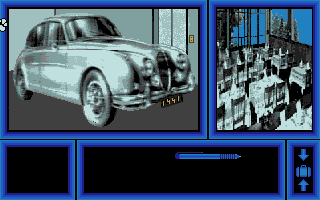
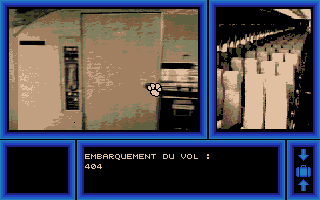



Reviews
There are no reviews yet.